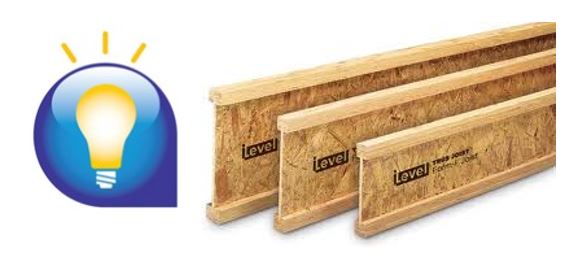Yesterday in my post about brand strategy framework (one claim, three proof planks), I said the reason for three proof planks was that was what the mind could process. It’s not like consumers are sitting around parsing advertising and consumer communications all the-live-long-day. If fact, the opposite is quite true. With all the pablum being spoon fed to consumers each day on their devices and in the media it’s no wonder people can’t remember any brand values. Add to that, the need to create so-called creative ads to gather attention — ads that bury product values — and you can see the dilemma.
If a marketer had a $75 million annual budget, it would be easier to establish three proof planks beneath a brand claim — but most mid- and small business are lucky to have a quarter million in marketing spend. Therefore, 3 proof planks for a brand strategy may seem ambitious. That said, most smaller businesses aren’t national and can make a fine living targeting smaller customer bases, using lesser budgets.
Brands are built by owning a space in the mind of the consumer. A brand claim is the fastest way to that space. The proof planks are the way to make that claim believable. To make that claim salient. To make that claim stand out.
For more information on claim and proof as a brand strategy framework, please write Steve at WhatsTheIdea.
Peace.



